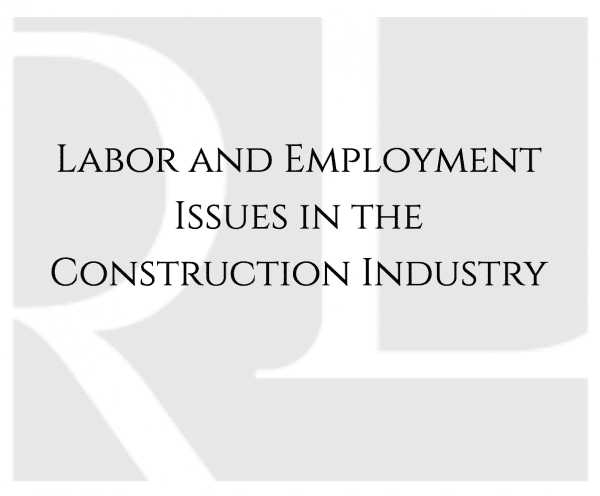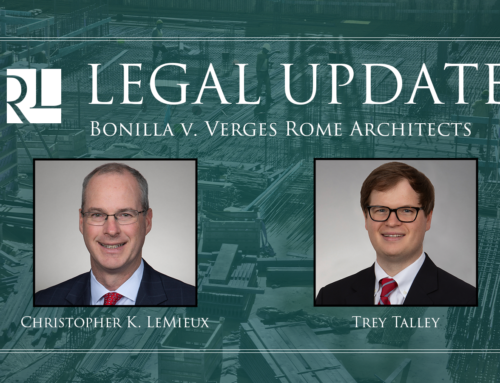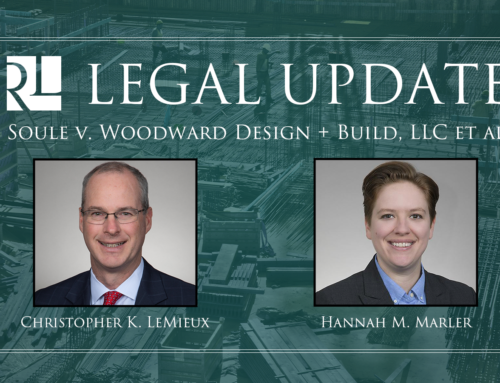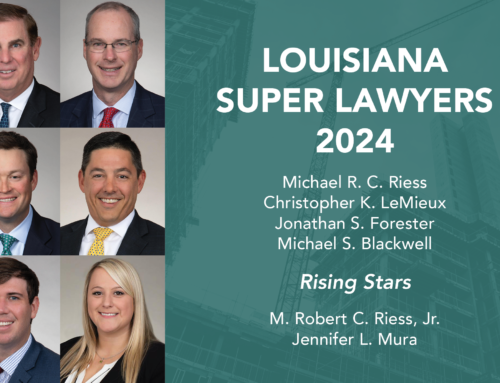The National Labor Relations Board (NLRB) released a final rule on joint employment under the National Labor Relations Act (NLRA), which drastically changes joint-employer status from a broad indirect-control theory to a more narrow “substantial direct and immediate control” theory. The NLRB final rule is the second in an expected series of three rules on joint-employer standards by federal agencies.1 With clarification by the NLRB and other federal agencies, employers will be more readily able to determine their status as a joint employer.
The Basis of Joint Employment
Under the NLRA, the joint-employer standard determines whether an entity is the employer of personnel directly employed by another employer. When entities are deemed joint employers, the entities will be (1) required to bargain with the union that represents the jointly employed employees, (2) potentially liable for unfair labor practices committed by the other, (3) subject to union picketing, and/or (4) subject to economic pressure if labor disputes arise. See NLRB Issues Joint-Employer Final Rule, National Labor Relations Board (Feb. 25, 2020). Prior to the NLRB’s revision of the rule, application of a joint-employer standard was much broader. The Obama-era rule from Browning-Ferris provided a broad application of joint employment. An employer under this rule could be considered a joint employer even when a business (1) had indirect control over employee’s working terms and conditions; or (2) reserved control by contract, but never exercised that right. See Browning-Ferris Industries of California, Inc, 362 NLRB 1599, 1600 (2015); see also Groff, National Labor Relations Board. Because employers could potentially be exposed to labor or employment liabilities under such broad application, it is important that the NLRB released a final rule to clarify any ambiguity.
NLRB’s Final Rule
The NLRB revised the joint-employer rule to require “substantial direct and immediate control” of employee’s terms and conditions of employment, thus rejecting the previous rule allowing merely indirect control. The primary analysis is whether two businesses “share or codetermine the employees’ essential terms and conditions of employment.” See 29 C.F.R. § 103.40. The final rule modifies the definition of “shared and codetermined” to the exercise of “substantial direct and immediate control over one or more essential terms or conditions of their employment as would warrant finding that the entity meaningfully affects matters relating to the employment relationship with those employees.” See 29 C.F.R. § 103.40 (stating that control is not substantial if it is “exercised on a sporadic, isolated, or de minimis basis.”).
The NLRB further defines what are “essential terms and conditions” that may be subject to control—hiring, firing, discipline, supervision, direction, wages, benefits, and hours of work. The Board made this list of essential conditions or terms exhaustive to prevent further litigation. Thus, absent substantial direct and immediate control over one of the above listed terms, joint employment will not be found. The final rule also states that indirect control over essential terms or conditions of employment may be probative of control possessed or exercised but is not determinative absent other facts. Indirect control may only be used in these instances to supplement or reinforce evidence of direct and immediate control over essential terms and conditions. Therefore, the scope of control has been restricted by the revised rule.
Conclusion
The NLRB’s final rule now provides a narrow interpretation of joint-employer status to prevent future litigation regarding “shared and codetermined” and “essential terms and conditions.” The Chairman of the NLRB stated after passage of the rule that “employers will now have certainty in structuring their business relationships, employees will have a better understanding of their employment circumstances, and unions will have clarity regarding with whom they have a collective-bargaining relationship.” See NLRB Issues Joint-Employer Final Rule, National Labor Relations Board (Feb. 25, 2020). With the narrower scope of joint employment, the NLRB has clarified the scope of joint-employment status, thereby allowing employers to determine if they are subject to the duties/liabilities as a joint employer.
For more information on Labor and Employment issues relating to the construction industry, check out Labor and Employment Issues in the Construction Industry on our Insights page.
- Earlier this year, the U.S. Department of Labor publish a final rule on joint employment under the Fair Standard Labor Act, and the Equal Employment Opportunity Commission has provided notice of its intent to clarify its joint employer standard. See Amy Groff, Sang-yul Lee, Melanie Lopez, and Kathleen Parker, The National Labor Relations Board Issues Second in Trio of Agency Rules to Clarify Its Joint Employer Standard, The National Law Review (Mar. 2, 2020).




